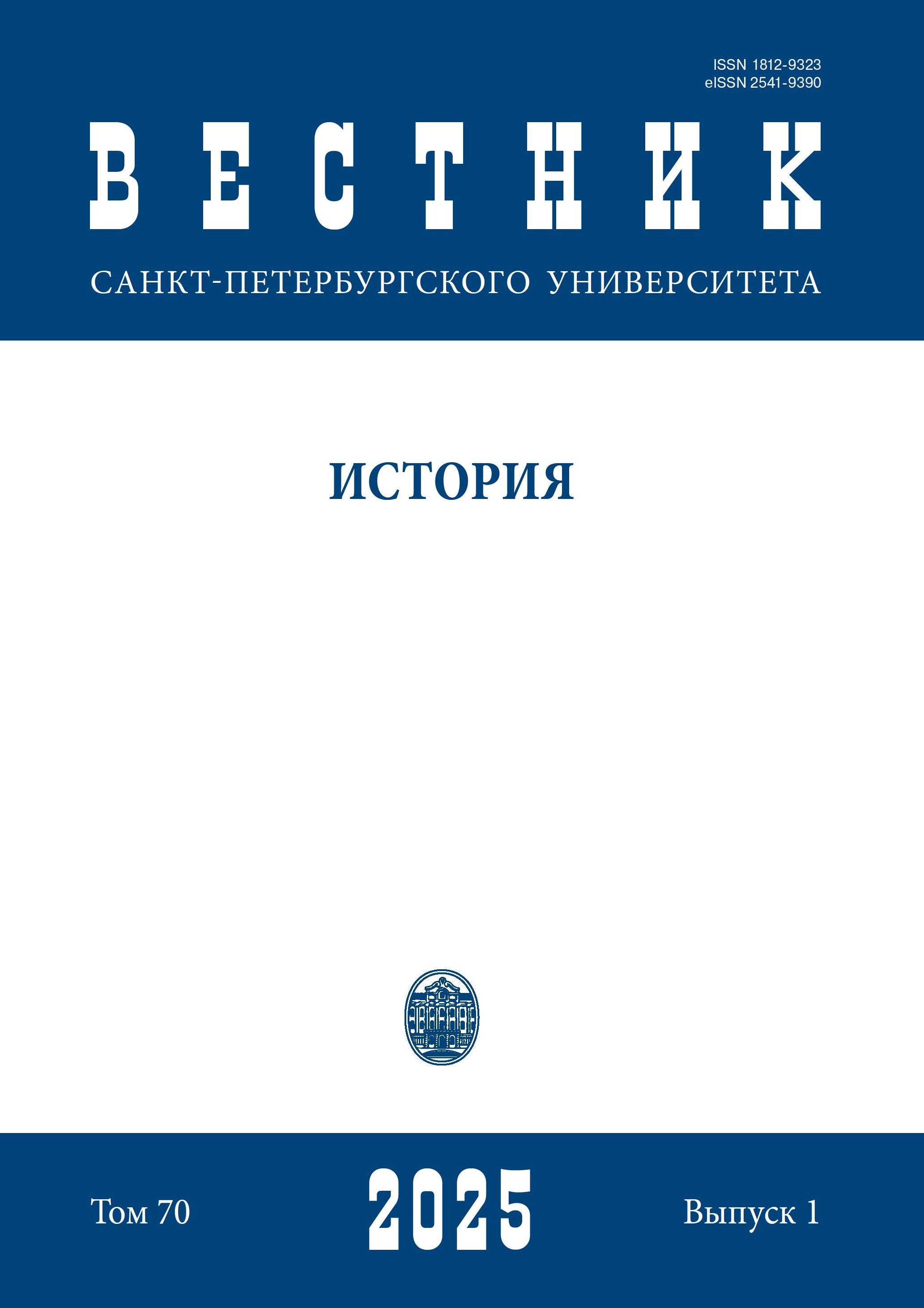The Views of Russian Officials on the Administration of the Pamirs Outskirts of the Empire (Setting of the Problem)
DOI:
https://doi.org/10.21638/spbu02.2025.104Abstract
The article explores the views of military and civil officials of the Russian Empire on the administration of the Pamirs and their relationship to the territory they manage and the local population. In this terms, the Pamirs phenomenon is extremely interesting. Unlike the Sunni population of the rest of Turkestan, Ismailism prevailed here. The Pamirs were perceived by the enlightened part of the Russian bureaucracy as “aryans”, which, in light of the popularity at that time of the Aryan theory on the origin of the Slavs and the view of the Pamirs as the ancestral homeland of the “aryans”, made the Pamirs related to the Russians, who should be helped to get out of “savagery” by introducing them to the benefits of civilization. For all the time the Pamirs were under the rule of Russia, she almost did not try to extract economic benefits from this territory, but invested in the management and improvement of living standards of the local population. The officials pragmatically believed that these measures could attract sympathy for Russia from neighboring nations. In numerous conflicts between the Sunni Bukharans and Ismaili Pamiris, Russian officials serving in the Pamirs were often ready to violate the instructions sent. Surrounded by the “natives” and cut off from the rest of Turkestan they were seized with the idea of a “new world mission” designated for Russia. Through the lens of this “mission” they assessed their staying in the Pamirs and everything that is happening there.
Keywords:
the Pamirs, Russian Empire, Turkestan, officials, system of administration, Bukharan Emirate, the views
Downloads
References
Downloads
Published
How to Cite
Issue
Section
License
Articles of "Vestnik of Saint Petersburg University. History" are open access distributed under the terms of the License Agreement with Saint Petersburg State University, which permits to the authors unrestricted distribution and self-archiving free of charge.





